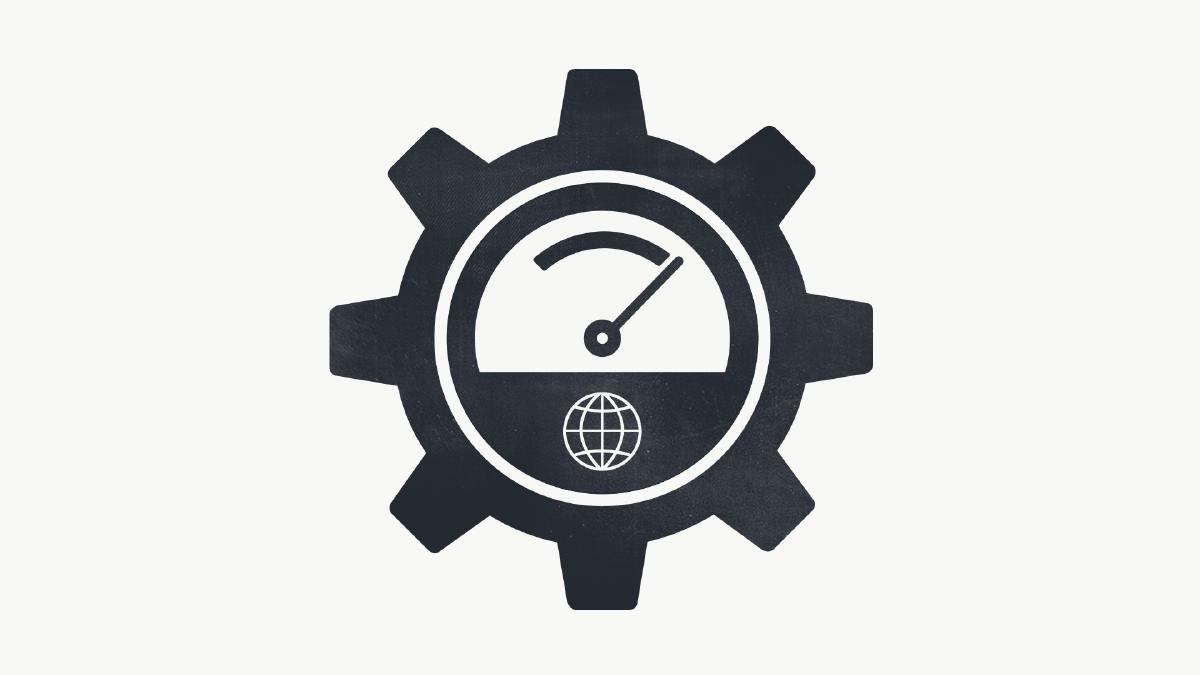SEO Gush
Insights and updates on the ever-evolving world of SEO.
Speed Demons: How Fast Is Your Website Really?
Uncover the shocking truth about your website's speed! Find out how fast it really is and boost your performance today!
10 Essential Tools to Measure Your Website's Speed
Website speed is crucial for user experience and SEO performance, making it essential to regularly measure and optimize your site's loading times. Here are 10 essential tools to help you assess your website's speed:
- Google PageSpeed Insights - A free tool that analyzes your site's performance and provides actionable recommendations.
- GTmetrix - Offers detailed reports on your website's speed and serves suggestions for improvement.
- Pingdom Tools - A tool that helps test your site's speed from multiple locations worldwide.
- Web.dev - Google’s comprehensive tool that measures performance and provides a score based on numerous metrics.
- Uptrends - A useful resource for testing page load times from various global locations.
Continuing with our list, here are five more essential tools you should consider:
- WebPageTest - An open-source platform that allows you to run performance tests from different browsers and locations.
- Site Speed Test - Quickly assesses how fast your site loads and provides insights to improve speed.
- Facebook Debugger - Particularly useful for ensuring that your site is loading quickly when shared on social media.
- Ahrefs Site Audit - A powerful tool that crawls your site, identifying speed issues and other technical SEO elements.
- SEMrush - This tool offers insights for website speed while also identifying other important SEO metrics.

The Impact of Website Speed on User Experience and SEO
The speed of a website plays a crucial role in enhancing user experience and optimizing SEO. Research indicates that users expect a webpage to load in two seconds or less; if it takes longer, they are likely to abandon the site. According to a study by Google, a one-second delay in mobile load times can result in a 20% drop in conversion rates. Moreover, faster loading times lead to lower bounce rates, which search engines interpret as a sign of quality, thereby improving rankings. Thus, investing in speeding up your website can significantly boost both user satisfaction and search engine visibility.
In addition to immediate user engagement, the long-term benefits of website speed can’t be overlooked. Websites that consistently load quickly tend to receive more traffic, as they rank higher due to SEO advantages. According to Google Developers, optimizing the critical rendering path and minimizing server response time are essential steps in achieving optimal speed. Furthermore, platforms like GTmetrix provide invaluable insights into performance metrics, assisting webmasters in making informed adjustments. In essence, prioritizing website speed is a strategic move for anyone looking to enhance their online presence.
Is Your Website Slow? How to Identify and Fix Performance Issues
Is your website slow? A sluggish website can significantly impact user experience and lead to higher bounce rates. To identify performance issues, start by using tools like Google PageSpeed Insights or GTmetrix. These tools provide a detailed analysis of your site's speed and highlight specific areas for improvement. Pay close attention to metrics such as First Contentful Paint (FCP) and Time to Interactive (TTI), which are critical to understanding how users experience your website.
Once you've identified the issues, fixing them can vary based on the underlying problems. Here are some common solutions to enhance your website's performance:
- Optimize images by compressing file sizes without sacrificing quality. Use tools like TinyPNG for this.
- Minimize HTTP requests by combining CSS and JavaScript files.
- Leverage browser caching to allow returning visitors to load your pages faster.
- Consider using a Content Delivery Network (CDN) to distribute your content globally.
By systematically addressing these issues, you can significantly improve your website's speed and overall user satisfaction.